#The Museum of the Forma Urbis
Explore tagged Tumblr posts
Text
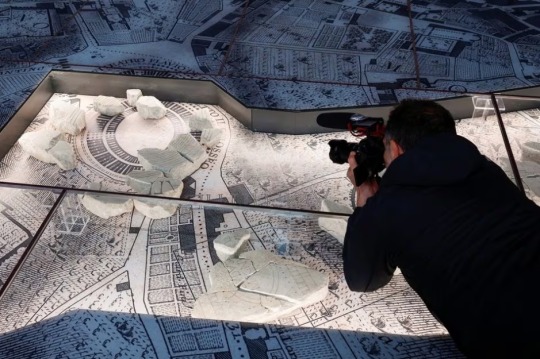
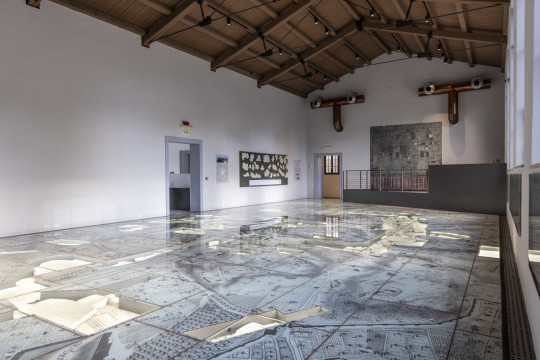
Ancient Monumental Marble Map of Rome on Display After 100 Years
A marble map of ancient Rome, that hasn't been put on public view for almost 100 years, is getting its very own museum within sight of the Colosseum.
The Museum of the Forma Urbis, enclosed within a new archaeological park on one of Rome's famous seven hills opens on Friday -- the latest offering from a city that is eager to broaden its attraction for growing hordes of tourists, according to Reuters.
"This is a beautiful day. We are opening an archaeological park in an extraordinary part of the city and a new museum showcasing a masterpiece which has not been visible for about a century," said Rome Mayor Roberto Gualtieri.
"We want a city where the museums and the streets are linked, and where people, while walking around, can fully appreciate and enjoy the beauty, but also better understand how our city has been transformed."
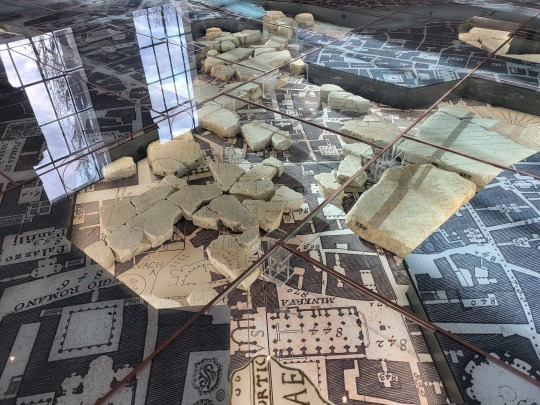

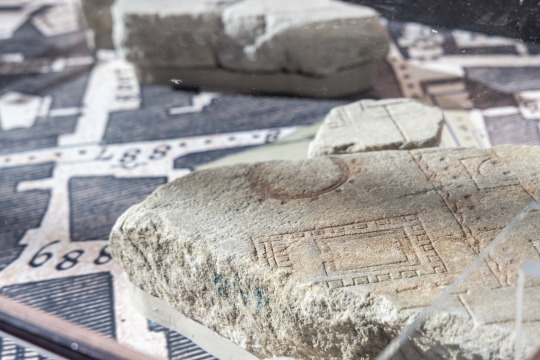
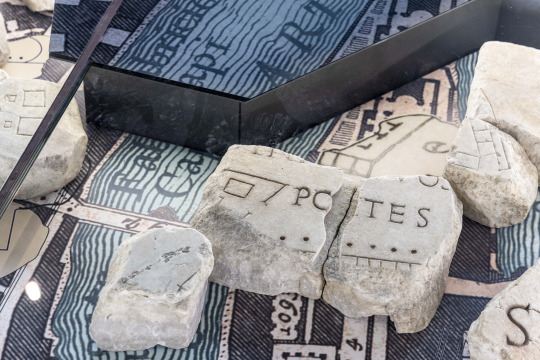
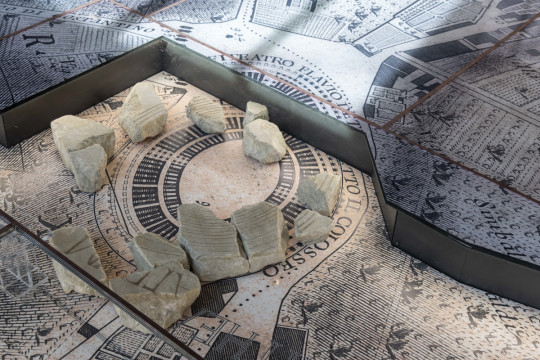
The Forma Urbis was a monumental, highly detailed marble map of ancient Rome carved during the reign of the Emperor Septimius Severus between 203 and 211 AD, engraved onto 150 separate slabs and measuring 18 by 13 metres (60 by 43 feet).
It was displayed on a wall in the ancient city, but over the centuries it gradually disintegrated, with locals using some slabs for new buildings.
During excavations in 1562, fragments were recovered and scholars estimate around 10% of the whole has survived, including sections showing the Colosseum and Circus Maximus, as well as floor plans of baths, temples and private houses.
The huge carving has proved a valuable resource for understanding the layout of ancient Rome, but all the remaining pieces have not been shown together since 1924.
In its new, innovative setting, the fragments have been laid out on a reproduction of a famous map of Rome created in the 18th century by the surveyor Giovanni Battista Nolli, who is credited with making the first accurate street plan of Rome.
The marble chunks lie on top of the Nolli map, showing their relation to the developing Renaissance city.


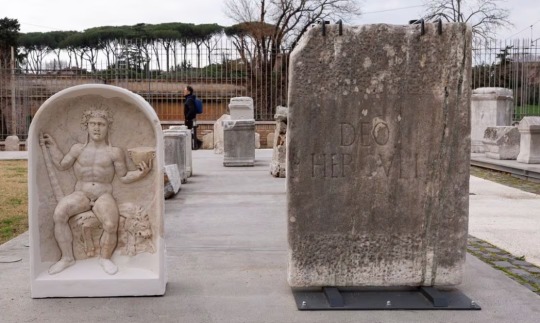

Outside the museum, in the open-air park on the side of the Caelian Hill, archaeologists have out laid out walkways lined with ancient Roman grave markers and marble columns found in excavations around the city in recent decades.
"The Caelian Hill, one of the seven hills of ancient Rome, has remained in the shadows, unknown and inaccessible for a very long time. Today, we are finally giving it back to the city," said Claudio Parisi Presicce, who oversees Rome's cultural heritage.
"The hill has a special importance because it is what unites the monumental area of the Imperial Forums, the Roman forum, the Colosseum and the area of the Appia Antica," he said.
The 5-million-euro ($5.5 million) project is part of a broader refurbishment of Rome, which has seen a tourism boom since the end of the COVID-19 pandemic and is expected to be submerged by visitors in the 2025 Roman Catholic Holy Year.
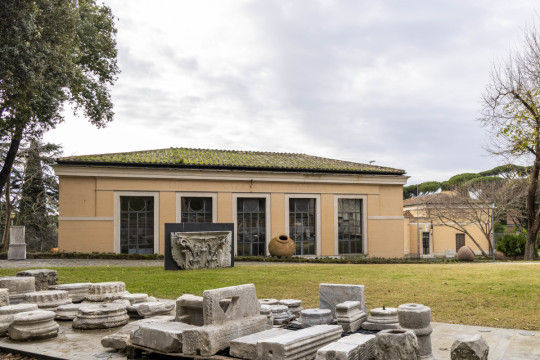
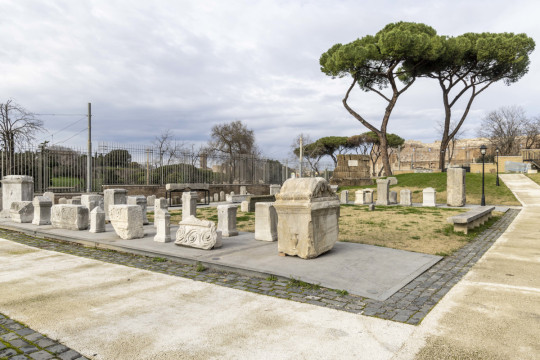
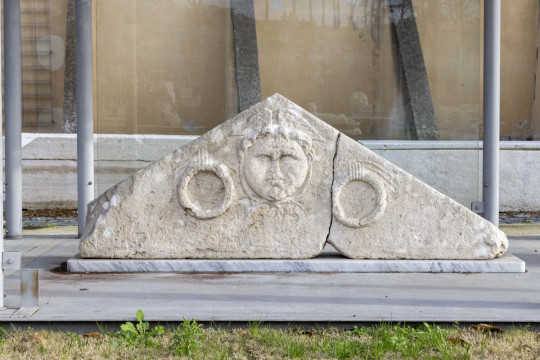

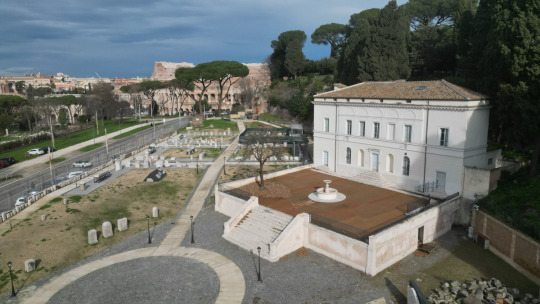
#Ancient Monumental Marble Map of Rome on Display After 100 Years#The Museum of the Forma Urbis#The Forma Urbis#Emperor Septimius Severus#ancient artifacts#archeology#archeolgst#history#history news#ancient history#ancient culture#ancient civilizations#ancient rome#roman history#roman empire#roman emperor#roman art
164 notes
·
View notes
Link
0 notes
Link
Archeologist Spends Over 35 Years Building Enormous Scale Model of Ancient Rome
Tucked in the residential Roman neighborhood of EUR, a sprawling 1:250 scale model displays the glory of ancient Rome. Known as the Plastico di Roma Imperiale, the plaster model was commissioned by Mussolini in 1933 and depicts Rome in the 4th century AD at the time of Constantine I. It now sits in the Museum of Roman Civilization, a museum opened in the 1930s to demonstrate the history of ancient Rome.
The plaster model is a masterpiece created by archaeologist Italo Gismondi, who worked on the piece throughout his life. The initial core of the scale model, which was partially based on Rodolfo Lanciani‘s 1901 map Forma Urbis, was completed for a large exhibition celebrating the 2,000th anniversary of the death of Augustus. In the 1950s, it was installed permanently in the Museum of Roman Civilization, with Gismondi continuing to expand the model up until 1971.
https://mymodernmet.com/scale-model-ancient-rome/
2 notes
·
View notes
Text
30. Maps
Another excerpt from Both Sacred and Dust for Terrortober2020 – this one’s also a day late because I'm still playing catch-up!
“Alright,” said Fred, apparently finishing up his act as tour-guide. “And, saving the best for last – this is the biggest secret of the museum.” He gestured down at the nondescript bank of specimen drawers. Henry leaned in. “Which one…..?” Eddie, from behind him, giggled. “God, Fred, I thought you said you’d perfected this spiel.” “I did!” Fred insisted, shooting Eddie a glare. “Damn it, Peglar, it’s the top one.” Henry carefully pulled out the top drawer. Inside the thin compartment, under a panel of protective glass, there were a number of stone fragments, apparently the broken parts of a marble slab. Patterns of lines and dots ran across the upper surface, irregular and unpredictable apart from a preponderance of right angles. Henry leaned even closer. “Huh.”

“So,” Fred started up again. “No one knows what these are.” Henry thought the pieces looked something like the Forma Urbis, the stone map of Rome he’d seen in pictures, and in a documentary or two.
#fred = frederick des voeux#eddie = edmund hoar#aka some dorks#both sacred and dust#terrortober2020#terrorposting
3 notes
·
View notes
Photo

Forma Urbis (marble plan of ancient Rome) from the Via Anicia, fragment depicting the late Republican Temple of Castor and Pollux in Circo Flaminio, 1st half of 2nd century CE (National Museum of Rome, Baths of Diocletian, Rome)
14 notes
·
View notes
Text
Archeologist Spends Over 35 Years Building Enormous Scale Model of Ancient Rome
The Museum of Roman Civilization hosts one of the most impressive miniature plaster models of ancient Rome ever created, named Plastico di Roma Imperiale. The piece of art was commissioned by Mussolini in 1933 and represents a 1:250 scale model of a 4th century Rome, from the time of Constantine I.
The plaster piece is the creation of the Italian archeologist, Italo Gismondi and it is his life’s work, as it took him 35 years to complete. The prototype of the miniature was first based on the Forma Urbis map made by Rodolfo Lanciani in 1901. Lanciani originally made the stunning map to be displayed in a large exhibition commemorating the 2000th anniversary of Augustus’ death. Gismondi’s work found its permanent place in the museum in the 1950s but he worked on it a few years more until it reached perfection in 1971. Today, it is considered by archeologists and historians the truest representation of ancient Rome and an important cultural piece. Since it was commissioned by Mussolini, the miniature has some specific elements of grandeur that stand out, to present Fascist modernism as a current with imperial roots. The plaster which has a size of 55 feet by 55 feet, also served as a source of inspiration for many scenes from the movie, The Gladiator directed by Ridley Scott.
(adsbygoogle = window.adsbygoogle || []).push({});
(adsbygoogle = window.adsbygoogle || []).push({});
(adsbygoogle = window.adsbygoogle || []).push({});
from Home https://www.goodshomedesign.com/archeologist-spends-over-35-years-building-enormous-scale-model-of-ancient-rome/ via http://www.rssmix.com/
0 notes
Text
RT ahencyclopedia Forma Urbis (marble plan of #ancient #Rome) from the Via Anicia, fragment depicting the late Republican Temple of Castor and Pollux in Circo Flaminio, 1st half of 2nd century CE (National Museum of Rome, Baths of Diocletian, Rome). … https://t.co/op1ZU2653W
RT ahencyclopedia Forma Urbis (marble plan of #ancient #Rome) from the Via Anicia, fragment depicting the late Republican Temple of Castor and Pollux in Circo Flaminio, 1st half of 2nd century CE (National Museum of Rome, Baths of Diocletian, Rome). … pic.twitter.com/op1ZU2653W
— Ancient History Guy (@ancient_guy) February 3, 2020
from Twitter https://twitter.com/ancient_guy
0 notes